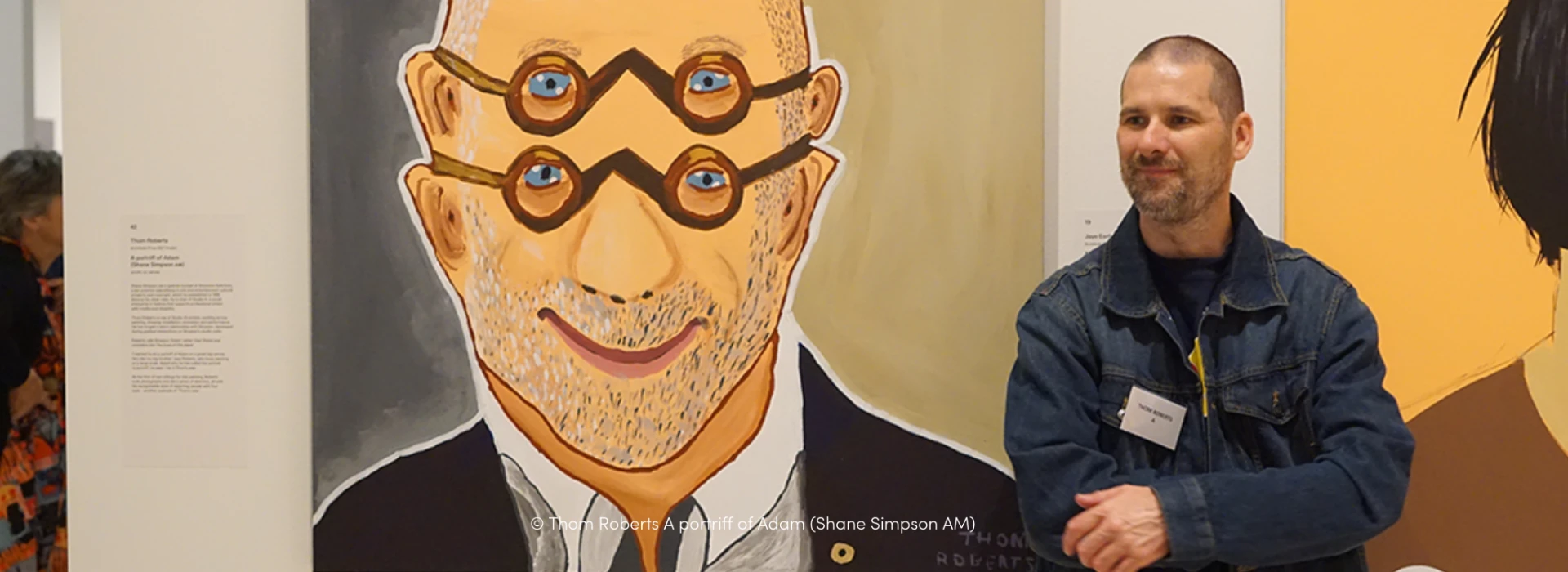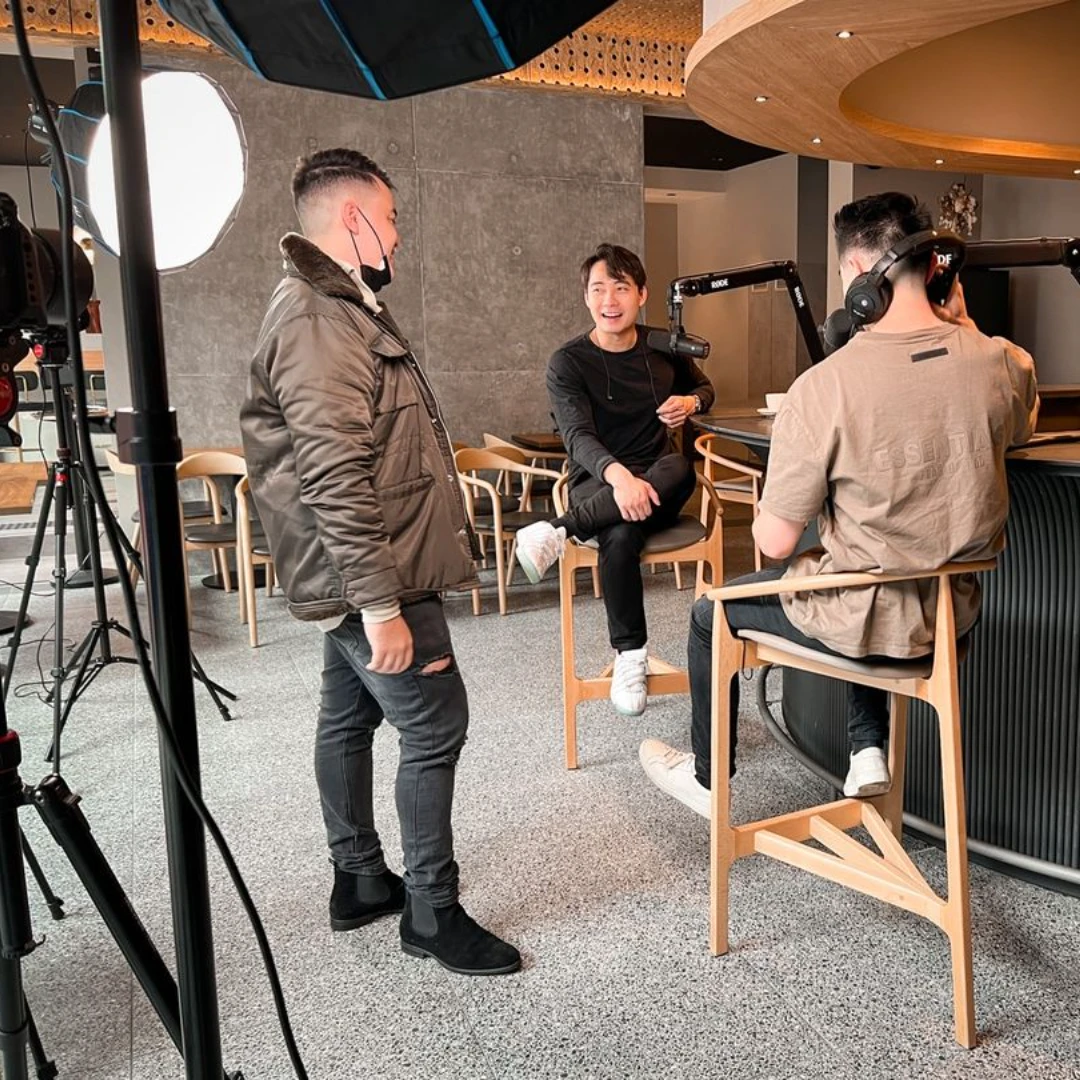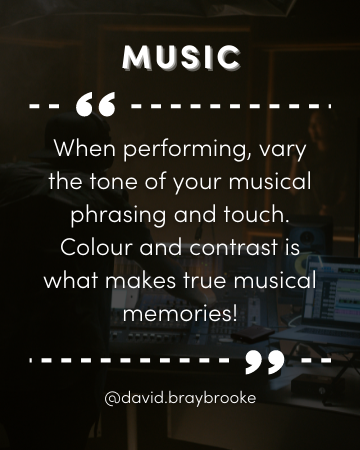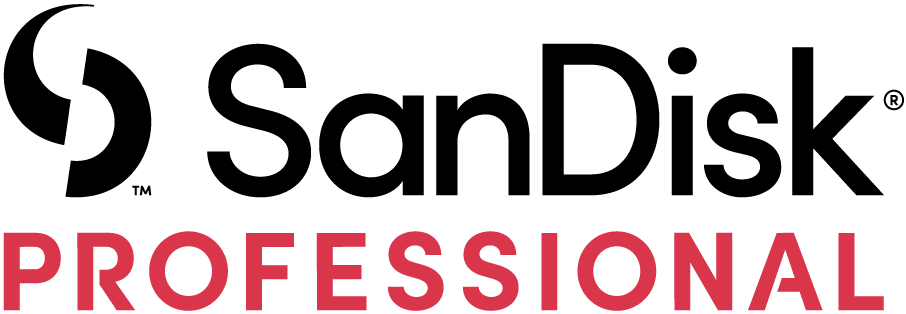Funding a film can often be a daunting task, no matter the scale of the project. Luckily there are a number of funding opportunities available to help support the creative vision of local filmmakers. Screen Australia shares their advice so you can put your best foot forward on a funding application.

Over the past four decades, Australia has built a strong film production industry with its diverse locations, state-of-the-art facilities, and exceptional crews and talent.
As well as being a world-class destination for global producers, Australia is one of few countries in the world with a national screen agency that provides financial support for locally produced content.
In 2020/21, Screen Australia provided more than $42 million in production funding for drama titles. Whilst a significant figure, funding programs are extremely competitive receiving well over 2000 applications per year.
Screen Australia provides some tips that you can apply to give yourself the best chance of securing funding, no matter what category you’re applying for.
UNDERSTAND THE GUIDELINES
It may go without saying, but one of the most important things you can do before applying for a fund is to read the guidelines thoroughly.
Senior Manager of Program Operations, Susie Cortez, says the guidelines clearly set out all requirements for the application form. “Read what is needed. If a pitch video needs to be made downloadable, make sure it’s downloadable. If something needs to be three pages, don’t make it ten.
Submit when you're ready, especially for the open round programs. There's no deadline. So submit when you have all your material in place and ready to go. That gives you the best chance of just getting through the system faster,” she says.
Some of the program guidelines may also outline specific prerequisite tasks before applying, such as getting in touch with an investment manager or with PROPS to ensure eligibility. Susie recommends following these closely to save you time down the track.
For any programs that need a little more guidance beyond the guidelines, there are also FAQs and support materials attached which may answer any further burning questions you have.
WHY YOU, WHY THIS, WHY NOW?
With so many applications submitted each year, it’s essential to put forward a bold, distinctive story that can stand out from the crowd.
Sally Caplan, Former Head of Content, says there is a big push for gender equity, culture and diversity within film. “We think it’s very important and so do a lot of Australians, they want to see themselves represented on the screen.”
In saying this, it’s important to bring forward stories that you are not only passionate about, but can tell in an authentic way. Screen Australia asks ‘why you? Why this? Why now?’ questions to determine this.
As a filmmaker, you need to get across why it’s imperative that you are attached to this story and what you’re bringing to the table in terms of an authentic storytelling voice.
“Why are you so passionate to tell this particular story? What is it in your experience that enables you to do so?” says Sally. “Something we’re seeing more and more is people wanting to tell stories from other cultures they are not necessarily experienced in… we are encouraging people to really think about whether this is your story to tell in the first instance.”
Finally, you need to showcase the big universal themes you are exploring within the story. What is its relevance today? How is it going to resonate with audiences? It’s important to reflect on these topics whilst having a point of differentiation from other creative works in the market.
KNOW YOUR AUDIENCE
A main consideration that will be assessed in your funding application is whether your film knows what its audience is, who the audience is, and where your audience is.
“We do get a number of applications when we ask the audience question and they say ‘oh, its four quadrant’, and that’s highly unlikely unless you’re making the next James Bond or Pixar movie,” says Sally.
Therefore it’s important to not only know your audience but also how you’re going to reach them with a clearly targeted strategy. This links to the fund you’re applying for and the medium that is most relevant for your audience.
“Where are they? How will I get there? And how will you get noticed?” says Sally. “Because it may be a wonderful project, but if you’re not getting through, no one’s going to see it to know that.”
Senior Online Investment Manager, Lee Naimo, stresses the importance of assessing which mediums are suitable and how this speaks through your application. “If you’re applying for online production funding, how is this an online project? How does that differ from something that might be a TV series or a feature film or something suited to another medium?
“And even drilling down to that, how is this suitable to the release platform you’re proposing? Is this something that would work on YouTube? Is it something that would be better suited to a Facebook or Instagram or some other platform release,” he says.
CONSIDER YOUR BUDGET LEVEL
After you’ve considered the audience you’re targeting and how many people you’ll be able to reach, the next step is to assess the budget and whether these two complement each other.
If you’re making a 1 million dollar project and your audience is only going to be 1,000 people, then you have to reevaluate your expenses and how you bring this project to life.
“One simple tip is to make sure your budget and your finance plan, the figures at the bottom of both of those documents match up 100 percent because you’d be amazed at how often they don’t match,” says Lee. It’s these little mistakes that can really slow down your application process.
It will also help if you can show there is someone in your team that can navigate the financial aspects of the project to keep development within budget.
NAIL YOUR PITCH
Last but not least, brush up on your pitching skills. Not only for the ‘pitch to camera’ video needed when applying for development funding, but also for real life meetings.
A good start is getting across your enthusiasm for the project, no matter how many times you’ve pitched it that day. If you don’t sound excited by your pitch, why should anyone else be?
“Once you get out there, you have to pitch to [people like] commissioners or financiers or distributors. And unlike our four-minute video pitch that we use in development, if you stuff it up in real life, you can’t go back and say, can we just start all over again, please?” says Sally.
“So it's a really useful skill. And I know some people love it, but a lot of people get really nervous and just don't know quite how to put it across and make it sound exciting and interesting.”
And how can you get over these nerves? It could be as simple as practicing in the mirror or discussing the project with friends, family or people in the industry. Observe their reactions to determine which parts of your pitch are high points, and which parts lose their interest.
You may only have one shot, so over prepare and make it count. For more information, listen to Screen Australia’s podcast here.
SHARE THIS POST
RELATED ARTICLES
JOIN THE COMMUNITY
Sign up and be a member today! Unlock promotional deals, Mentor advice, event invites, competition prizes, and showcase your work to the wider industry.
Submit your best travel image from 5 September – 5 October 2022 and go in the running to win a SanDisk Professional G-DRIVE SSD 4TB for this month’s Travel Image Competition! Signing up will also grant you access to exclusive deals and promotions, competitions and much more.
—— OR ——
By clicking on “Submit”, you agree to Western Digital’s Privacy Statement and SanDisk Professional Academy Terms and Conditions.
Be Part of the Creative Professional Community
Become a member to gain access to heaps of perks, from expert Mentor advice to product deals and giveaways.












